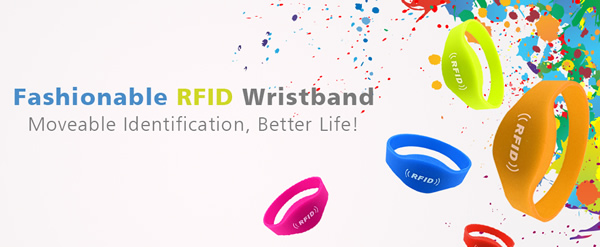RFID tracking and rfid tags
As technology progresses, so do our methods of keeping track of information. The days when data was stored on clay tablets and papyrus scrolls are gone. Today, radio frequency identification (RFID) is used to keep track of everything from lost pets to highway tolls. Whether it’s hidden in dog tags or in a wristband at an amusement park, RFID tracking is an effective way to access information quickly and to streamline daily interactions.
History
The development of RFID tags began during World War II. Radar, invented in 1935, was used to spot the approach of aircraft while they were still well out of the range of sight. German pilots discovered that by rolling their planes, the returning radio signal would have a different signature than that returned by stable planes, which would help identify them to German radar operators. The need to identify friendly planes led to the British development of an identification friend or foe (IFF) transponder, which would serve as the blueprint for modern RFID technology. RFID technology works on a simple, passive principle.
A transponder, usually one without a battery, reflects a transmitted signal back to an inquiring radio receiver. RFID technology was explored during the 1950s and 1960s, but it was not integrated into daily use until the 1970s, when RFID chips were implanted in livestock and railroad cars to enhance data collection. Since then, RFID continues to be widely utilized in both industries.
An excellent example of the possibilities of RFID technology can be found in the daily operation of Walt Disney World. The wristband makes a visit to the park more pleasant, but it also provides the company with invaluable information on how their customers move and congregate and what resources are most valued at certain times. Employees can be directed to where they’re needed, and restaurants can begin cooking a customer’s chosen meal before the customer even sits down.

